A Tapestry of Time, Culture & Creativity
Building a collection of art and collectibles is a journey through the annals of human creativity, a celebration of cultural history, and a testament to the evolution of artistic expression.
Collecting art and collectibles is more than a mere act of acquisition. It is a journey through time, an exploration of cultural nuances and a celebration of human creativity. In India, the pursuit of collecting art and collectibles intertwines with the historical trajectory of artistic expression, offering collectors a profound lens to appreciate the diverse narrative woven by luminaries across different periods.
Historical significance
The late 19th century marked a pivotal moment in Indian art history, influenced by luminaries such as Raja Ravi Varma. This era witnessed the infusion of Western ideals, with artists embracing academic realism. However, the early 20th century brought about a surge in the call for independence, giving rise to alternative schools of thought like the Bengal School of Art. Artists like Jamini Roy, Nandalal Bose and Rabanindranath Tagore advocated for a revival of Indian traditions in art, laying the foundation for a unique artistic identity.
Post-independence, the Progressives, including FN Souza, MF Husain, and SH Raza, emerged, breaking away from traditionalist ideals. They drew inspiration from Western movements, contributing to the formation of a distinctive visual narrative in modern Indian art. Collectors aiming to build a comprehensive art collection must acknowledge the pivotal roles played by artists from different eras, creating a holistic representation of India’s artistic evolution.
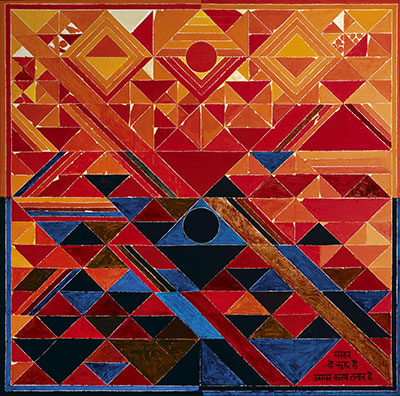
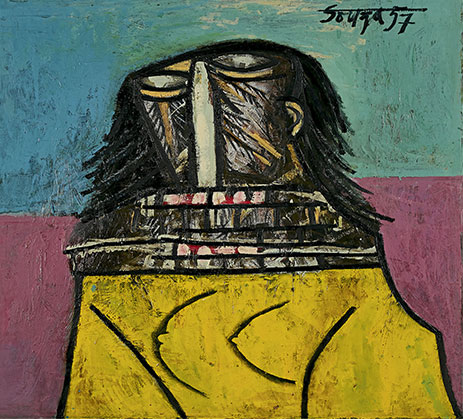
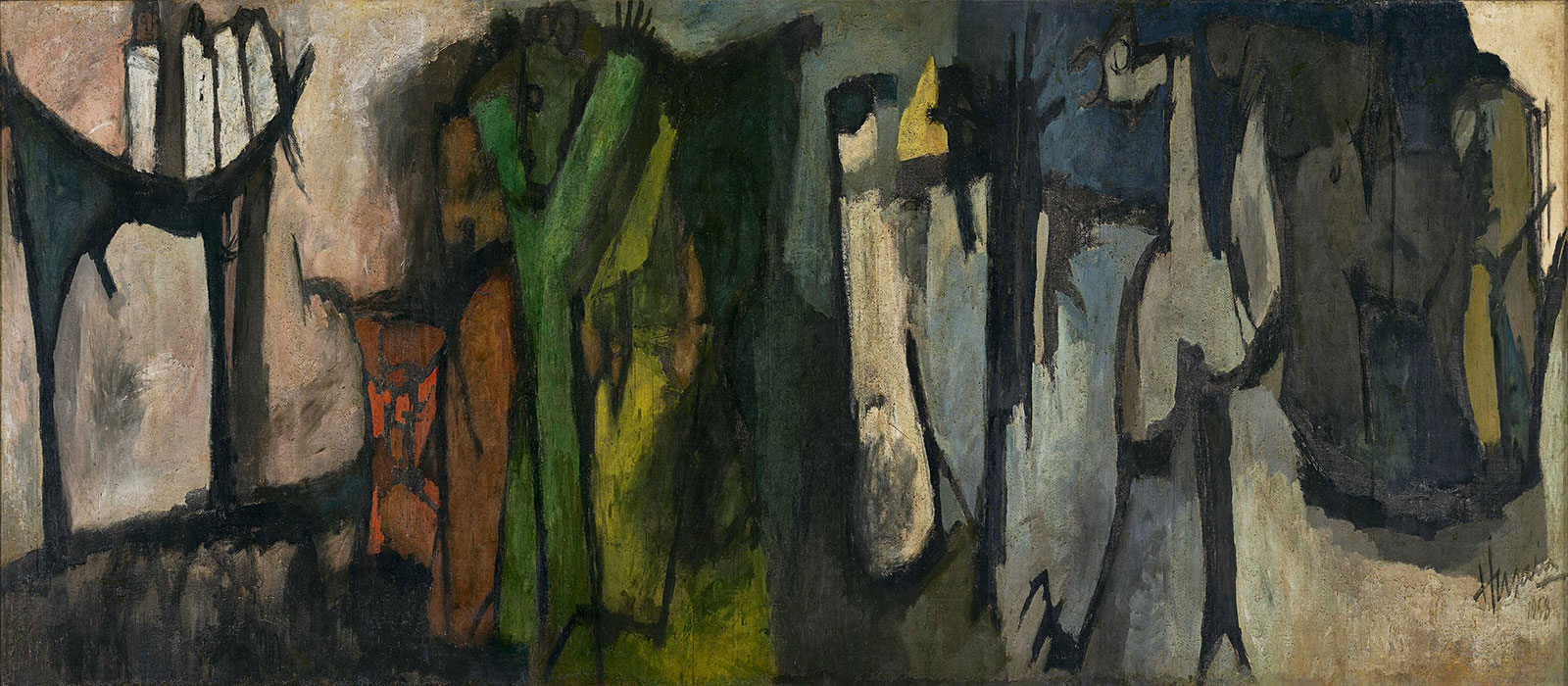
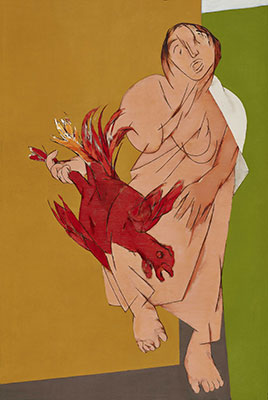
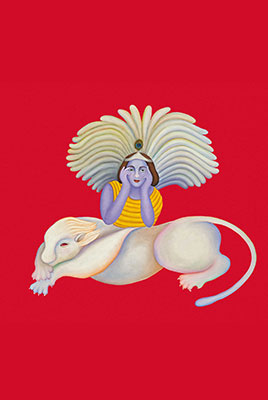
The shift to modern era
Moving into the contemporary era, Indian art has diversified its expressions. The period from the 1960s onwards witnessed a surge in artistic experimentation, opening doorways for various styles and concepts. Collectors find themselves captivated by paintings that showcase the fusion of tradition and modernity, creating timeless pieces that resonate with the present generation. Modern Indian art not only reflects artistic freedom but also pays homage to the rich cultural heritage, ensuring the continuation of a vibrant artistic legacy.
Beyond paintings, the world of collectibles encompasses a plethora of cultural gems that transcend time and geography, offering an enriching experience that unravels facets of global cultural history. Antique furniture stands as a testament to the cultural synthesis of East meets West, shaped by India’s colonial past. The legacy of colonial-era furniture, especially Anglo-Indian pieces, showcases an exquisite blend of English design and Indian craftsmanship, providing collectors with a treasure trove of elegance.
Collecting vintage accessories
To talk about collecting vintage and luxury watches, one must realise that these timepieces are not just functional accessories; they embody the craftsmanship, heritage, and societal values of their era. Each watch tells a story, reflecting the design trends, technological advancements, and even historical events. Cultural nuances influence the desirability of certain brands and models, making it essential for collectors to delve into the socio-economic context. Moreover, awareness of regional preferences and the evolution of watchmaking styles enhance the collector’s ability to appreciate and appraise timepieces accurately. In the realm of vintage and luxury watches, cultural understanding elevates the pursuit from mere ownership to a profound connection with horological history.
There are several other collectibles that are prized for seasoned collectors. Ceramics, with their aesthetic appeal, celebrate the craftsmanship of diverse cultures. Chinese porcelain introduces collectors to centuries-old artistry, while Japanese ceramics, including Satsuma and Imari, bring forth a wide range of objects reflecting profound beauty. Western companies, such as Sevres, further contribute to the global allure of antique ceramics, creating a bridge between Eastern and Western artistic traditions.
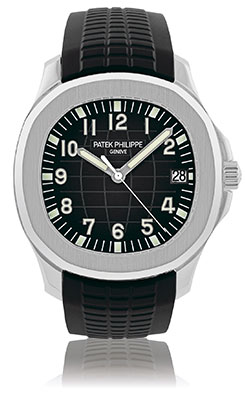
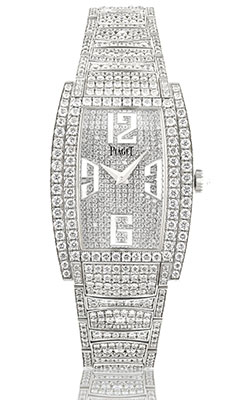
An inimitable touch
Crystal and glass objects add an inimitable touch to any collection. Vintage crystal ware from renowned manufacturers like F&C Osler and Baccarat exemplifies the highest quality in craftsmanship, illuminating spaces with delicate beauty. Persian carpets stand as an indispensable hallmark of Iranian culture, fascinating royals and connoisseurs for centuries. Authentic antique Persian rugs, with their opulent presence become rare treasures, contributing to the richness of any antique collection.
Fine silver, synonymous with affluence and aristocracy, has adorned the households of royalty throughout history. Crafted by prestigious silver manufacturing companies like Edward & John Barnard, Gustave Keller, and Robbe & Berking, these pieces add a glittering touch to any antique collection, whether for practical use or decorative purposes. Vintage clocks, beyond their functional aspect, fascinate enthusiasts with their rugged old-world charm, complementing the rustic beauty of antique furniture.
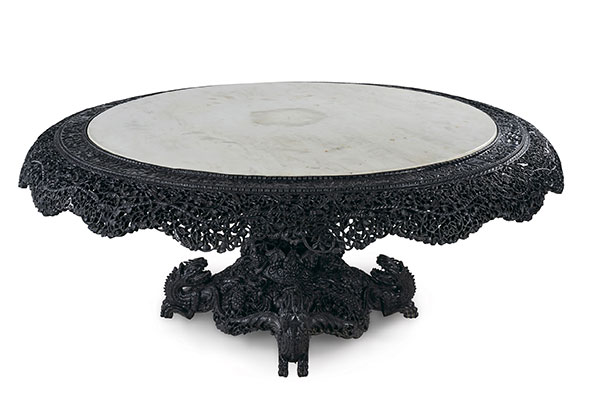
Building a collection of art and collectibles is not just about amassing objects; it is a journey through the annals of human creativity, a celebration of cultural history, and a testament to the evolution of artistic expression. Understanding the cultural and lifestyle significance of purchasing art and collectibles allows collectors to curate a collection that not only reflects personal taste but also contributes to the preservation and appreciation of diverse cultural legacies. As the tapestry of art and collectibles unfolds, each piece becomes a chapter in the rich narrative of human creativity and cultural evolution.
(- The author is the Chief Administration Officer at AstaGuru Auction House)




